Between April 2nd, 2020 and May 27th, 2020, we regularly analysed the Corona situation in short intervals and gave clear recommendations for action. Today, on September 2nd, 2020, the public and the economy are looking tensely towards Berlin: what will happen to us this fall? In the summer, the situation was quite relaxed with regards to daily infections wtihin the range of around 100. Fewer than 6,000 people were acutely ill. The rate of people who died in connection with Corona decreased more and more in Germany. Unfortunately, the 7-day average sums up to 1,251 infected at the momen. The famous R-number comes up to over 1 in phases and thus, is at the threshold of exponential growth. What should be done?
Our initial recommendation is to analyze the situation calmly! We have already strongly emphasized this on April 3rd, 2020: ‘Take medical, ethical, social and economic issues into account’. We have called for an interdisciplinary council enabled to a big picture of the situation and pointed out the danger that ‘the negative social and economic consequences of the measures taken against Corona will otherwise no longer be manageable’.
We had predicted a 10 to 15 percent drop in industrial production at this point. Also, we forecasted insolvencies around 25 to 30 percent, e.g. in the hospitality sector, deducting a proposal for new rules regarding factory and building planning: “We need safety distances and hygienically optimized work areas: the pandemic will and must have an impact on building and factory planning!”
We definitely see a huge hidden potential here. In 2018, the workforce was on sick leave an average of 18 working days, which sums up to eight percent of all working days within a year. Pertaining to all employees, this means that around 800 million days are not being worked each year due to illness. This equates to almost four million people working full-time. If this sickness rate of 8.5 percent were to be reduced by one percentage point through better hygiene in the workplace, that would be equivalent to more than 90 million working days or 430,000 full-time workers. With a total cost of 50,000 euros per person, this is more than 20 billion euros that could be saved in Germany in one year. Converted to a company with 1,000 employees, that would be about ten employees or 500,000 euros. Per year!
The technology for better hygiene is available. For example, UV radiation can dramatically reduce the viral load. Now, it is time to consolidate and apply all the lessons we have been able to learn so far. We know the major risks of infection, which must be consistently avoided.
We need a consensus between politics and economy. It must be based on scientific evidence, which requires more knowledge than that of virologists and epidemiologists. And we need a clear, genuine communication to minimize the negative influences of Reichsbürgers and conspiracy mythologists on the population.
There are effective measures that will allow the economy to continue to recover despite Corona. However, they must be implemented thoroughly.



 Deutsch
Deutsch